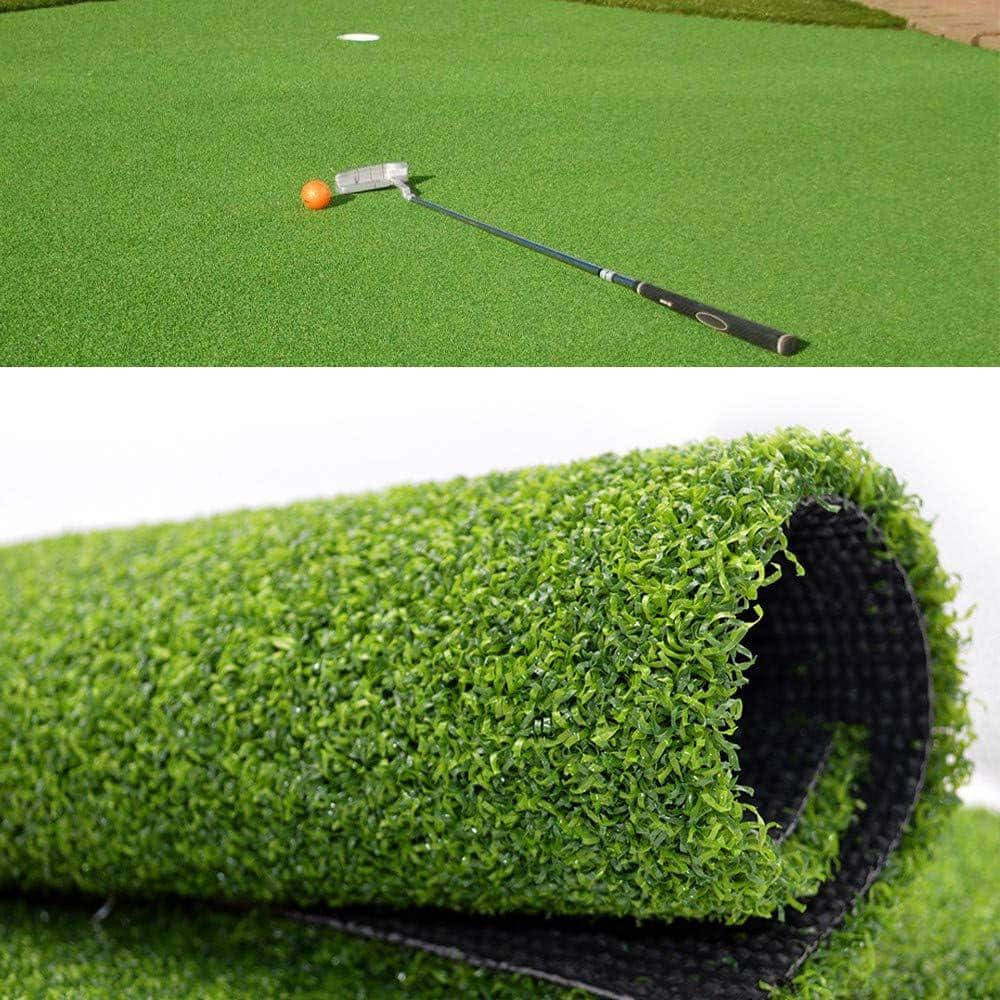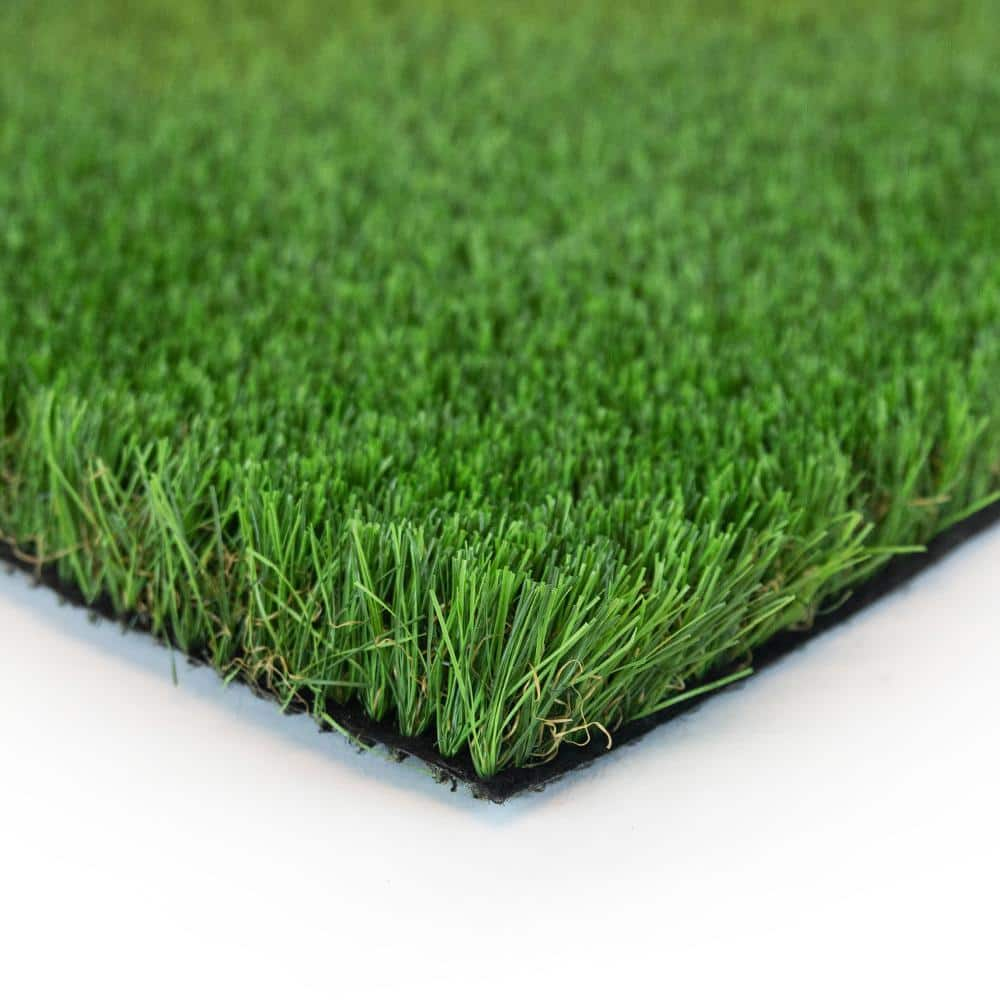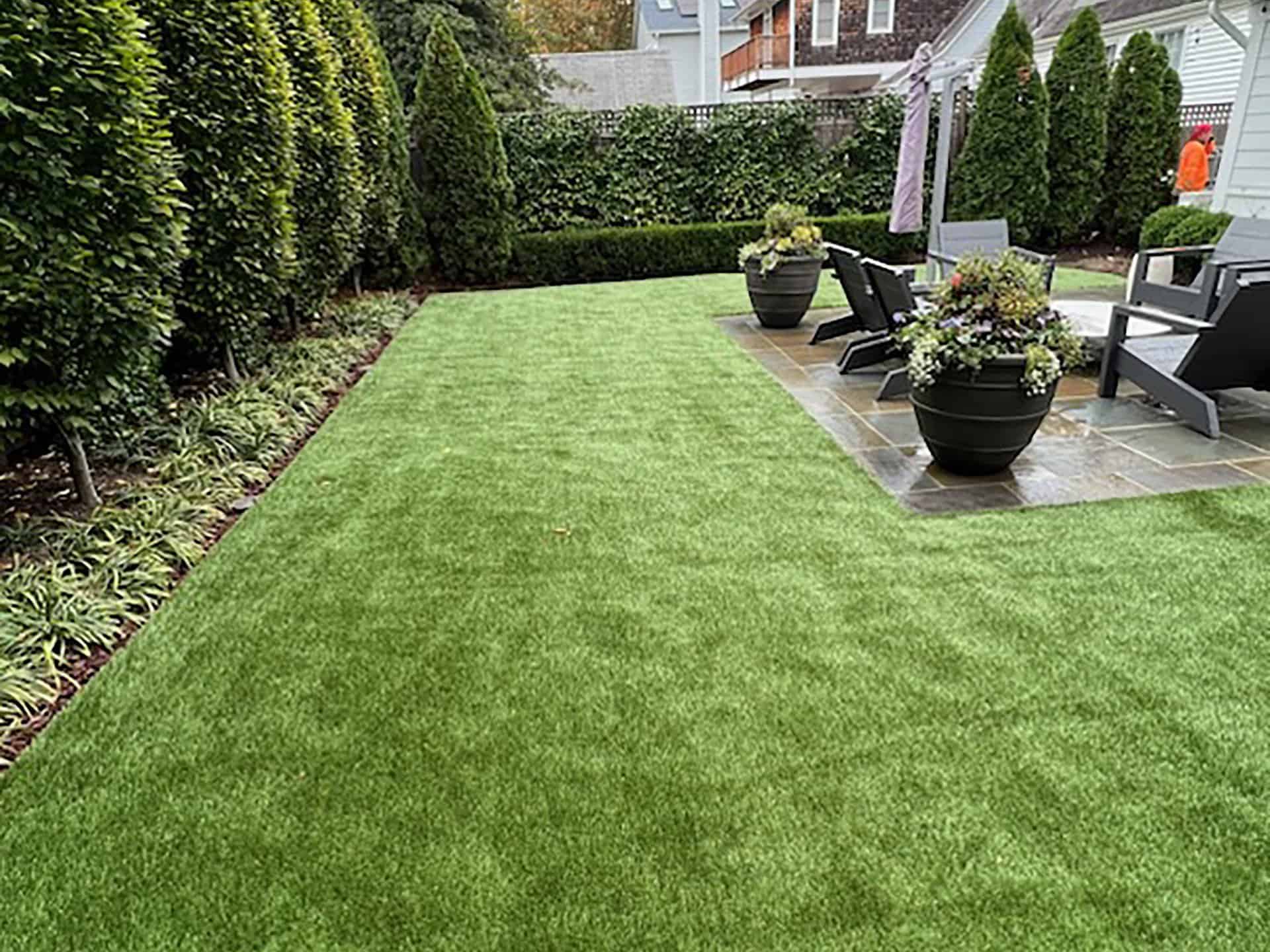See Why Homeowners Prefer Synthetic Grass for Lasting Landscape Design Practices
As homeowners increasingly prioritize sustainability in landscape design, fabricated lawn has actually become a compelling choice to conventional lawn. Its capability to conserve water, reduce upkeep initiatives, and lessen environmental impact positions it as a useful choice for those seeking eco-friendly solutions. Furthermore, the visual allure and versatility of synthetic grass cater to diverse layout preferences. Nevertheless, the ramifications of this shift extend past simple benefit and looks, prompting a more detailed assessment of how these choices influence more comprehensive environmental end results. What remains to be checked out is the complete range of advantages that synthetic lawn can offer to home owners and the atmosphere alike.
Water Preservation Conveniences
One of the most considerable benefits of artificial grass is its function in water preservation. Typical turf lawns need significant amounts of water to keep their lavish appearance, typically leading to overuse of regional water sources, particularly in dry areas. In comparison, artificial turf eliminates this demand completely, as it does not need irrigation. This not just conserves water however likewise minimizes the stress on local water supply, especially during drought conditions.
Additionally, the setup of man-made grass can contribute to a much more sustainable landscape. Homeowners can substantially lower their water costs, allowing for reallocation of sources to various other ecological efforts or home uses. In addition, fabricated grass is designed to withstand numerous weather conditions without the need for supplementary watering, making it an excellent option for regions facing water deficiency.
The ecological benefits expand past immediate water financial savings. By minimizing water usage, synthetic grass assists to reduce the influences of climate change, maintaining important ecosystems that are intimidated by extreme water extraction. As sustainable landscaping methods obtain traction, synthetic grass becomes a responsible option for homeowners looking for to create eco-friendly outdoor rooms.
Decreased Upkeep Efforts
Man-made turf substantially reduces maintenance initiatives compared to typical turf yards. With artificial turf, home owners can get rid of the taxing jobs related to all-natural landscape design, such as mowing, fertilizing, and weeding. This not only conserves valuable time however additionally reduces physical labor, making lawn treatment obtainable for individuals of any ages.
Among one of the most noteworthy advantages is the lack of normal mowing. Traditional yards need constant cutting to maintain a visually pleasing elevation, whereas synthetic grass remains constantly rich without the demand for reducing. Additionally, property owners no longer need to apply fertilizers or pesticides, which are typically called for to maintain all-natural yard healthy and balanced. This shift not only lightens the workload however likewise advertises a neater, a lot more consistent look year-round.
In addition, fabricated lawn is resistant and sturdy, requiring marginal maintenance beyond occasional cleaning and washing to eliminate debris. This convenience of upkeep allows homeowners to appreciate their outside areas without the constant fear of maintenance, offering even more time for recreation and family tasks. Eventually, the decreased upkeep initiatives connected with synthetic grass make it an attractive option for those looking for a low-maintenance, visually appealing landscape.

Environmental Impact Reduction
There is an expanding acknowledgment of the ecological advantages connected with synthetic lawn, specifically in terms of water conservation and reduced chemical usage. Conventional yards need considerable quantities of water, particularly in drought-prone areas, try this site bring about increased strain on local water resources. In contrast, artificial turf eliminates the need for irrigation, considerably decreasing water usage and promoting sustainability.
Additionally, conventional grass upkeep usually entails the application of chemicals, herbicides, and fertilizers, which can add to soil and water pollution. Synthetic grass alleviates this environmental risk by requiring marginal maintenance and essentially getting rid of the need for harmful chemicals. This not just improves soil wellness however also shields regional environments from hazardous drainage.
Moreover, the manufacturing of natural turf lawns usually involves using fossil fuels for mowing and landscape design equipment, more adding to greenhouse gas emissions. By choosing artificial lawn, property owners can significantly reduce their carbon footprint related to lawn treatment activities.
Aesthetic Charm and Flexibility
In enhancement to its ecological advantages, synthetic grass uses check over here substantial aesthetic charm and adaptability for landscape design. Property owners can accomplish a lavish, environment-friendly appearance year-round, eliminating the seasonal changes generally associated with natural lawn. This constant visual not just boosts the aesthetic appeal of a home yet additionally adds to a polished and well-kept appearance.
Furthermore, synthetic grass is offered in a range of designs, shades, and appearances, enabling modification to match private preferences and style themes - Arizona turf. Whether made use of in household yards, industrial spaces, or recreational areas, it can flawlessly incorporate right into diverse landscaping designs, from modern-day minimalist to rich exotic setups
The convenience of synthetic grass extends beyond plain appearance; it can be installed in different locations, including roofs, outdoor patios, and also interior areas, creating possibilities for special landscaping solutions. In addition, it is appropriate for a variety of tasks, from kids's backyard to pet-friendly environments, giving performance without endangering design.
Ultimately, the visual appeal and versatility of man-made turf make it an attractive option for home owners seeking lasting landscaping remedies that do not compromise elegance for environmental duty.

Long-Term Cost Cost Savings
One of the most compelling advantages of synthetic grass is its potential for long-term expense savings. Unlike natural turf, which requires regular maintenance-- consisting of mowing, watering, feeding, and bug control-- synthetic grass substantially minimizes these continuous costs. House owners can save a substantial quantity on water costs, specifically in regions where water scarcity is a pressing concern. The removal of yard care solutions better adds to monetary savings, as there is no demand for specialized devices or labor.
Additionally, man-made turf has a life-span of 15 to 25 years, depending upon its quality and use. This toughness reduces substitute expenses, making it a more cost-effective choice in the future. The preliminary financial Discover More investment in synthetic lawn can frequently be recovered through the cost savings built up over time.
While the upfront expense might seem greater compared to sod installment, the cumulative cost savings from lowered maintenance and water usage usually outweigh these preliminary expenses. Ultimately, the adoption of fabricated turf not only promotes a lasting landscape design service however additionally offers house owners a monetarily wise option that aligns with long-lasting budgeting objectives.
Verdict
Man-made grass emerges as an engaging alternative for lasting landscaping, offering substantial benefits in water conservation, decreased upkeep initiatives, and decreased environmental influence. As neighborhoods progressively prioritize eco friendly practices, the fostering of synthetic turf stands for a modern step towards accomplishing sustainable and resistant landscapes.
Furthermore, artificial lawn is made to stand up to different weather conditions without the need for supplementary watering, making it a suitable choice for areas encountering water scarcity. (Artificial turf companies phoenix)

Artificial lawn arises as a compelling option for lasting landscaping, providing significant advantages in water preservation, minimized maintenance initiatives, and reduced environmental impact.